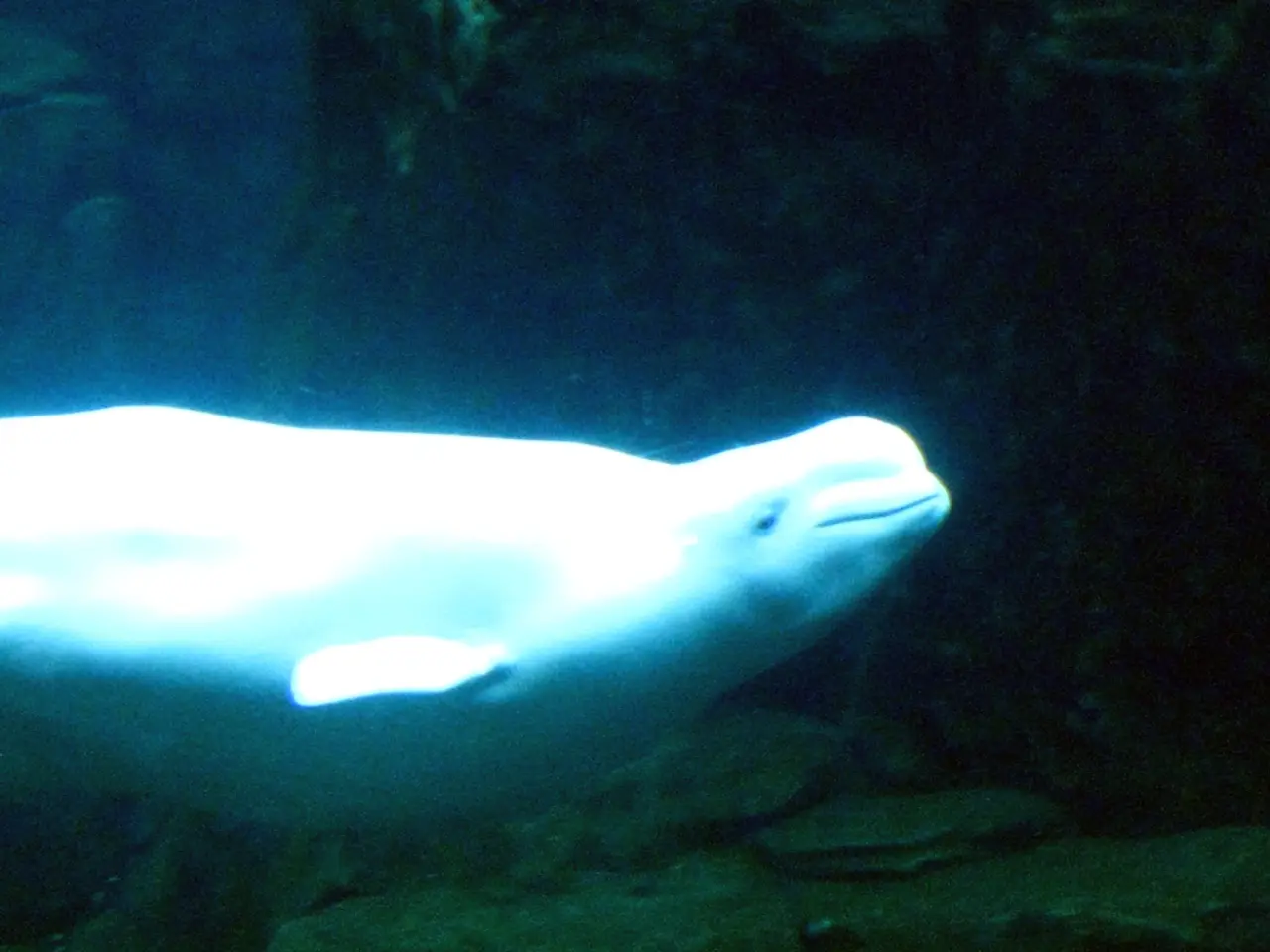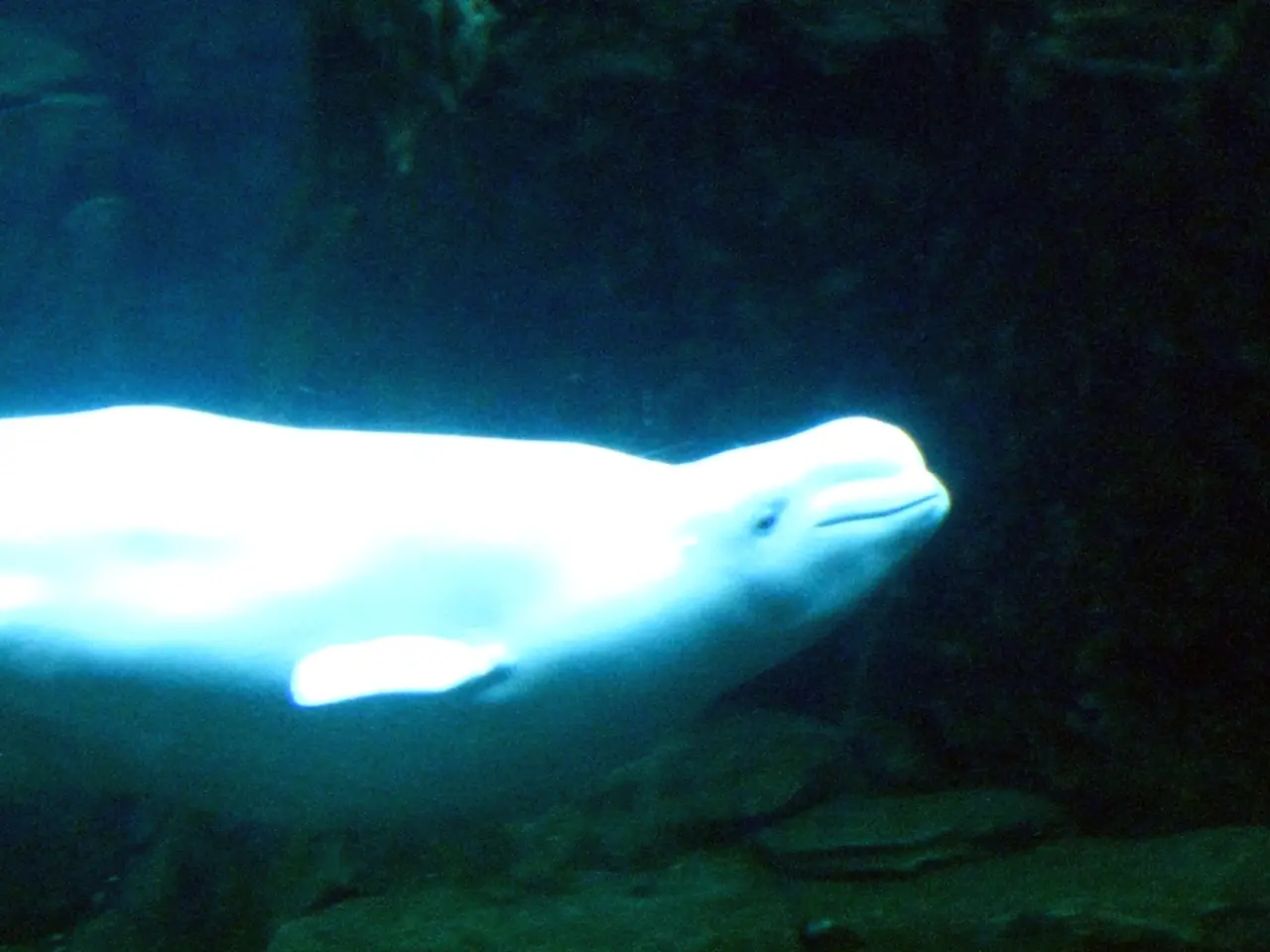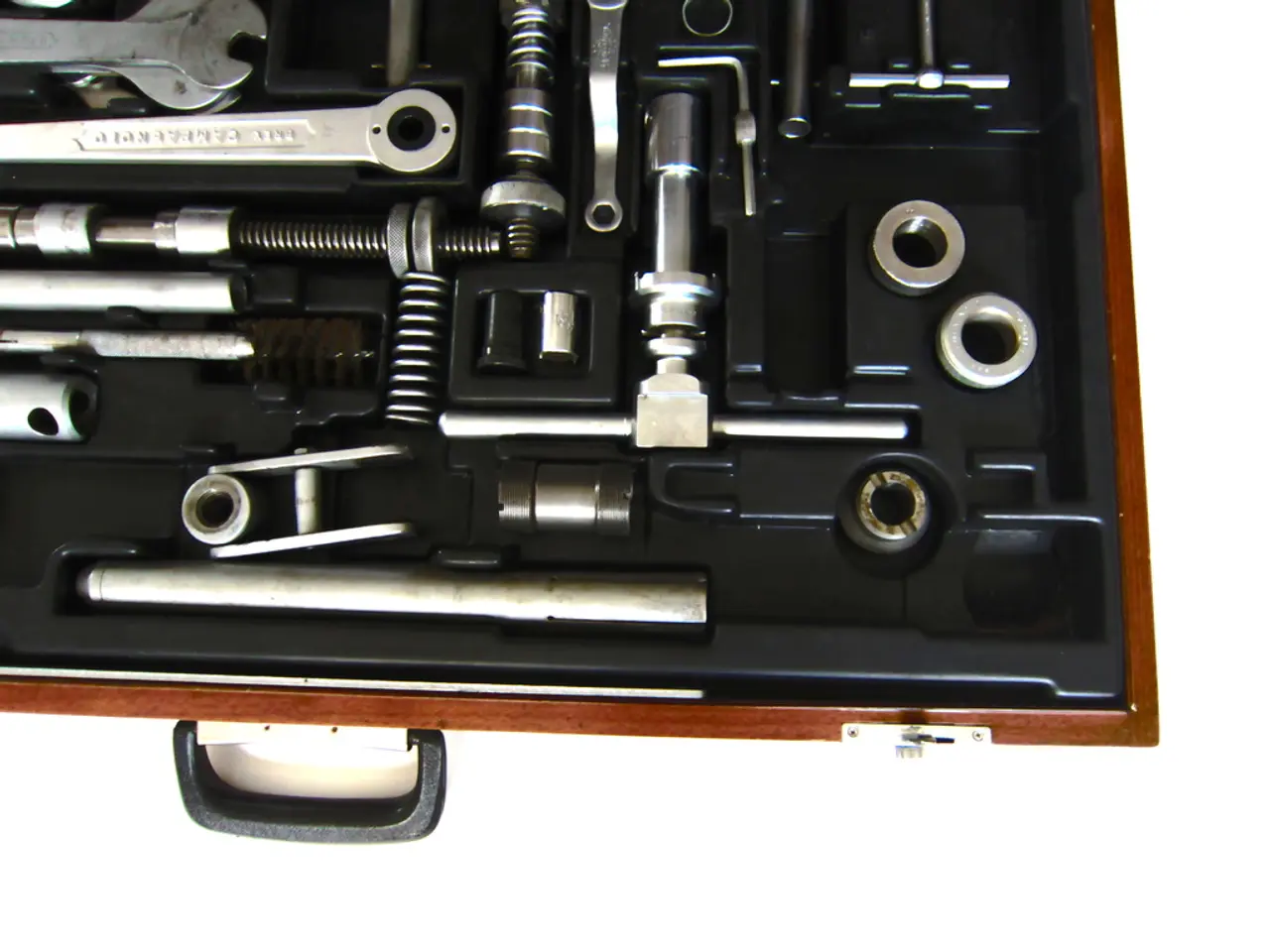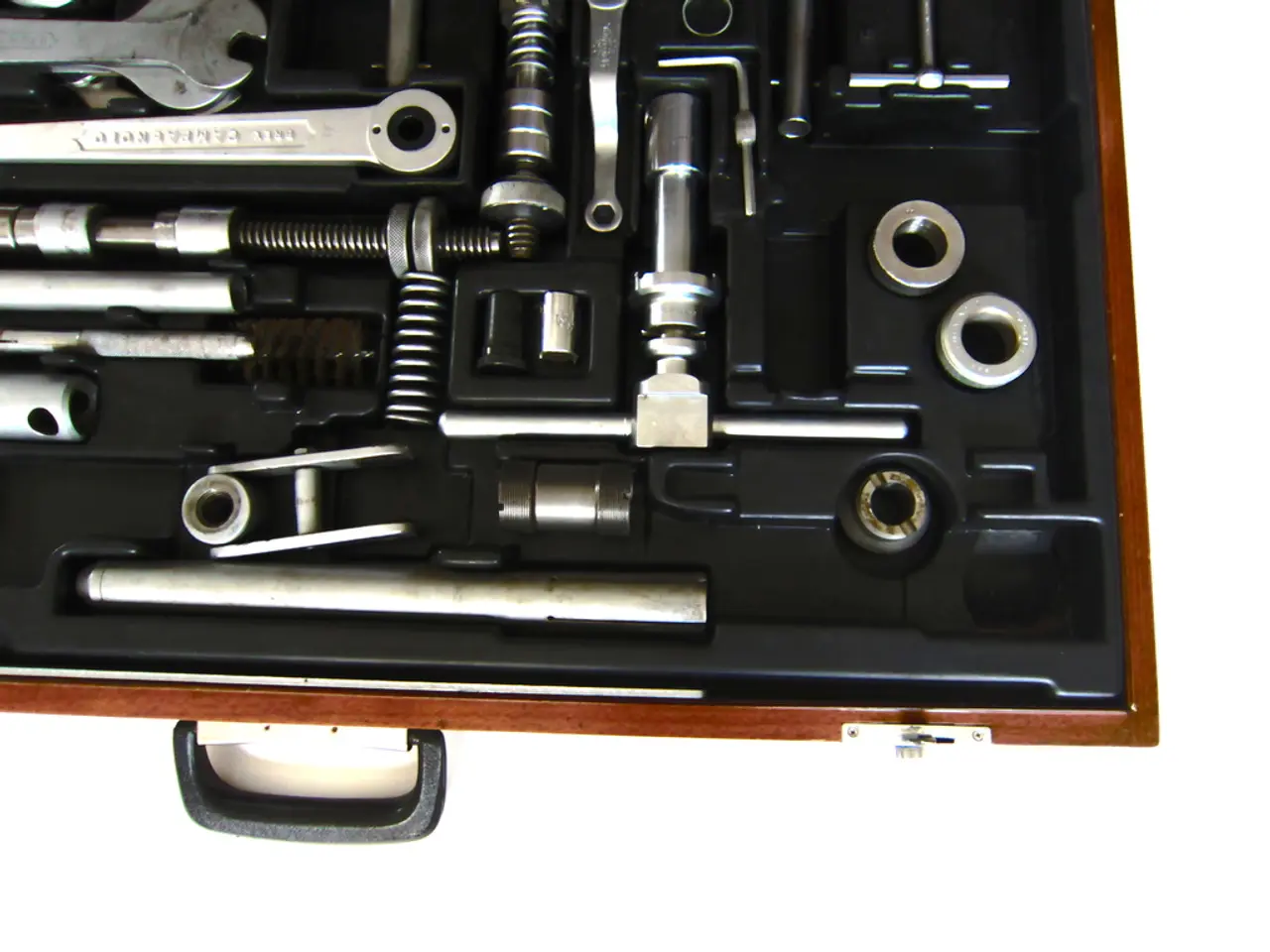Fukushima's Nuclear Core Determined by Robot After Six Years of Search
As the global community grapples with the challenges of climate change, nuclear energy remains a contentious yet potentially vital component of a diversified energy portfolio. This debate has been brought to the forefront once again following the successful deployment of an underwater robot named Little Sunfish at the Fukushima Daiichi Nuclear Power Plant.
The Fukushima disaster, which occurred on March 11, 2011, following a 9.0-magnitude earthquake and tsunami, resulted in a meltdown of three of the plant's six reactors. The disaster forced the evacuation of over 150,000 people and left a lasting impact on Japan's energy policy and public perception of nuclear power.
In the aftermath of the disaster, locating and assessing the condition of the melted nuclear fuel was one of the most pressing challenges. Previous attempts to use robots to navigate the reactors had failed due to harsh conditions. However, the use of advanced robotics, such as Little Sunfish, has proven instrumental in the Fukushima decommissioning process.
Developed by the International Research Institute for Nuclear Decommissioning (IRID) and Toshiba, Little Sunfish is a compact underwater robot designed specifically to navigate the treacherous environment inside the reactors. Equipped with five propellers and front and rear cameras, it is capable of maneuvering through the narrow, water-filled spaces of the containment vessels.
In July 2017, Little Sunfish transmitted images of solidified lava-like formations on the pedestal floor of Unit 3's primary containment vessel, believed to be a mixture of melted fuel and structural debris. This marked a pivotal moment in the decommissioning efforts of the Fukushima plant, offering the first visual confirmation of the fuel's location.
The images provided by Little Sunfish have reignited discussions about the role of nuclear energy in a post-Fukushima world. The lessons from Fukushima will shape the future of nuclear energy, emergency preparedness, and environmental stewardship.
The disaster underscored the potential risks associated with nuclear power, but it also emphasized the importance of robust safety measures, transparent governance, and technological innovation. The Japanese government and Tokyo Electric Power Company (TEPCO) have implemented measures such as the construction of an underground ice wall and the development of advanced filtration systems.
The entire decommissioning project, including nearby Fukushima Daini plant, is expected to take decades to complete due to the complexity and radiation hazards involved. The estimated timeline for the complete decommissioning of the Fukushima plant is 30 to 40 years, with potential costs reaching up to 80 trillion yen (approximately $660 billion).
The plant is currently maintained in a state of cold shutdown, with continuous monitoring of temperatures inside the reactor pressure vessels and primary containment vessels to ensure safe conditions. Tepco is actively working on fuel debris retrieval from the damaged reactors, conducting trial retrievals and tests to prepare for large-scale operations.
The contribution of underwater robots like Little Sunfish cannot be overstated. They allow remote investigation and mapping inside flooded reactors, providing critical data that informs the decommissioning strategy and reduces human exposure to radiation risks. The ongoing efforts at Fukushima will provide valuable insights into the management of nuclear disasters and the decommissioning of nuclear power plants.
Efforts to stabilize the Fukushima site, manage contaminated water, and decontaminate surrounding areas continue. Despite the challenges, the discovery of the melted fuel inside Fukushima's Unit 3 reactor stands as a testament to human ingenuity and resilience in the face of unprecedented challenges.
Science and medical-conditions have played crucial roles in the assessment of the decommissioning process at the Fukushima Daiichi Nuclear Power Plant, particularly through the use of advanced technology such as the underwater robot Little Sunfish. This technology, developed by IRID and Toshiba, has enabled the visual confirmation of the melted nuclear fuel's location, which has sparked renewed discussions about the role of nuclear energy in a post-Fukushima world.




